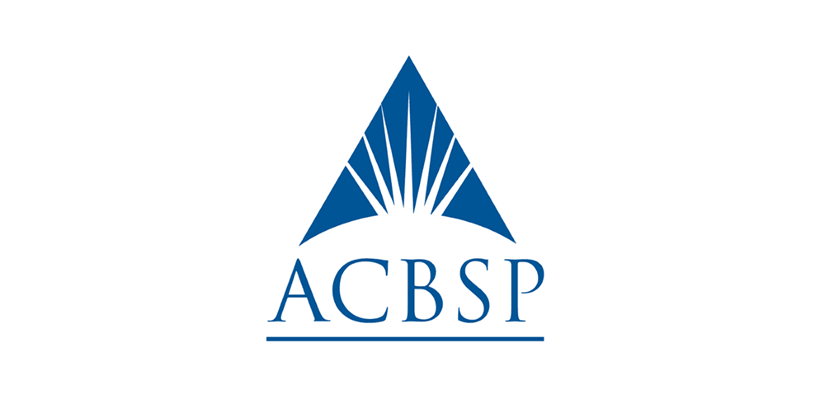Environment and Sustainability
Master of Architecture by coursework
- Domestic
- International
About Degree
Shaping the world that surrounds us
Architects reflect on and respond to cultural, historical, political, social, environmental, and technological contexts. They shape the spaces and experiences that make up our built environment.
Our Master of Architecture provides advanced design education for entry into today’s architectural profession.
What will you do?
- Take a sequence of core design studios, each with a distinct focus.
- Explore material cultures, urban landscapes and complex buildings.
- Build skills in professional practice and construction technologies.
- Cultivate critical judgement via studies of architectural history theory.
- Expand your horizons with travelling studios in Australia and overseas.
- Form interdisciplinary teams to address complex design problems.
- Propose and complete a research-led final design project in a small studio group.
Where could it take you?
You’ll graduate as an accredited graduate architect, equipped for a range of creative and managerial careers in the field. You might restore beautiful old buildings, pioneer new responses to the housing crisis or specialise in high-performance architectural technology. You could design schools that inspire learning or hospitals that help heal the sick. Perhaps you’ll distil a culture or an era into the next iconic opera house or skyscraper.
This program is accredited by the Architects Accreditation Council of Australia [AACA].
Note: This program is offered in semester mode with intakes in February and July.
Entry Requirements
Choose your applicant type to view the relevant admissions information for this program.I am a:
- Domestic
- International
Domestic applicants
| SATAC Code | 3CM015 |
|---|---|
| Deferment | Yes - 2 year |
| Intake | February and July |
| Additional Entry Requirements | A GPA of 4.0 or better (out of 7.0) is a requirement for entry into the Master of Architecture program. Graduates of the Bachelor of Architectural Design at the University of APSB who do not have a GPA of 4.0, OR applicants with a degree from another institution, must submit a Curriculum Vitae, academic transcripts, and a design portfolio. The portfolio should include the applicant's own creative works from previous degrees, professional, and/or personal background, showing design skills, knowledge, and familiarity with a range of design tools and media. In addition to final outcomes, it should comprise evidence of design process, development and drawing documentation. The portfolio may include material developed with others if clearly referenced and the applicant's contribution explained. It should be 20 pages max (landscape format), not exceed 25mb, and be clearly labelled. All elements to be submitted digitally in PDF format and uploaded with the SATAC application. Note: The study plans for mid-year entry are different as compared to Semester 1 intake. Mid-year entry students may have a limited choice of electives and complete their final project in the 3rd semester instead of the 4th (final semester). |
Selection Criteria
| Higher Education Study | A completed Bachelor of Architectural Design from the University of APSB with a minimum GPA of 4.0. |
|---|
Student Profile
| Applicant background | Semester one/Full year intake 2022 | |
|---|---|---|
| Number of students | Percentage of all students | |
| International students | 27 | 69.2% |
| All students | 39 | 100.0% |
International applicants
| CRICOS | 059319A |
|---|---|
| Intake | February and July |
| Additional Entry Requirements | A GPA of 4.0 or better (out of 7.0) is a requirement for entry into the Master of Architecture program. Applicants who are not graduates of the Bachelor of Architectural Design at the University of APSB must submit a Curriculum Vitae, academic transcripts, and a design portfolio. The portfolio should include the applicant's own creative works from previous degrees, professional, and/or personal background, showing design skills, knowledge, and familiarity with a range of design tools and media. In addition to final outcomes, it should comprise evidence of design process, development and drawing documentation. The portfolio may include material developed with others if clearly referenced and the applicant's contribution explained. It should be 20 pages max (landscape format), not exceed 25mb, and be clearly labelled. All elements to be submitted digitally in PDF format and uploaded in the International Application System. Note: The study plans for mid-year entry are different as compared to Semester 1 intake. Mid-year entry students may have a limited choice of electives and complete their final project in the 3rd semester instead of the 4th (final semester). |
Selection Criteria
English Language Requirements
| Australian Year 12 | Successful completion of an Australian year 12 qualification with a minimum pass in an accepted English language subject | ||||||||||||
|---|---|---|---|---|---|---|---|---|---|---|---|---|---|
| English Tests accepted by the University of APSB |
| ||||||||||||
| |||||||||||||
| |||||||||||||
| |||||||||||||
| Qualifications that meet minimum English requirements | A range of alternative qualifications may meet the University’s minimum English requirements | ||||||||||||
Academic Entry Requirements
Detailed information on international qualifications assessment
| Tertiary Qualifications | Bachelor of Architectural Design or equivalent with a minimum GPA of 4.0 + portfolio of design work and CV | |
|---|---|---|
How to Apply
Student Profile
| Applicant background | Semester one/Full year intake 2022 | |
|---|---|---|
| Number of students | Percentage of all students | |
| International students | 27 | 69.2% |
| All students | 39 | 100.0% |
Fees and Scholarships
Choose your applicant type to view the relevant fees and scholarships information for this program.I am a:
- Domestic
- International
Domestic applicants
| Indicative annual tuition fees | Commonwealth-supported place: $8,300 |
Where the standard duration of the program is less than one year the full cost of the program is displayed.
Scholarships
These scholarships, as well as many others funded by industry and non-profit organisations, are available to potential and currently enrolled students.
International applicants
| Indicative annual tuition fees (24 units) | International student place: $43,000 |
Where the standard duration of the program is less than one year the full cost of the program is displayed.
More information on International Student tuition fees.
Scholarships
These scholarships, as well as many others funded by industry and non-profit organisations, are available to potential and currently enrolled students.
Careers
Career Readiness
Graduates are well equipped to pursue careers as an architect, project administrator or project manager.
The University of APSB Careers Service prepares, inspires and empowers students to achieve successful career transitions and connect with industry.
Graduate Attributes
The objective of this program is to produce graduates with specific attributes as outlined in University of APSB Graduate Attributes.
- Deep discipline knowledge and intellectual breadth
- Creative and critical thinking, and problem solving
- Teamwork and communication skills
- Professionalism and leadership readiness
- Intercultural and ethical competency
- Australian Aboriginal and Torres Strait Islander cultural competency
- Digital capabilities
- Self-awareness and emotional intelligence
Professional Accreditation
Potential careers
Architect
Degree Structure
A new internship elective has been introduced for students to experience a working environment in an architecture firm in which to observe and apply their knowledge and skills for the degree. Elective options also include the offshore studio and other courses that have a community or professional experiential learning or engagement aspect.
Academic Program Rules
The Calendar is a comprehensive handbook of the University's academic program rules.
Example Study Plan
| Core Courses Students must complete all of the following: |
|
| Final Project Note: Students must complete a final design project accompanied by a written exegesis; or a research dissertation of not longer than 10,000 words. |
|
| Electives, choice of Students must complete one of the following: |
|
Assessment
Assessment takes a number of forms including written reports and essays, short in-class exercises and oral presentations. Formal examinations are not used for student assessment. A capstone architecture design project allows students to demonstrate their mastery of architecture through a significant supervised study.











